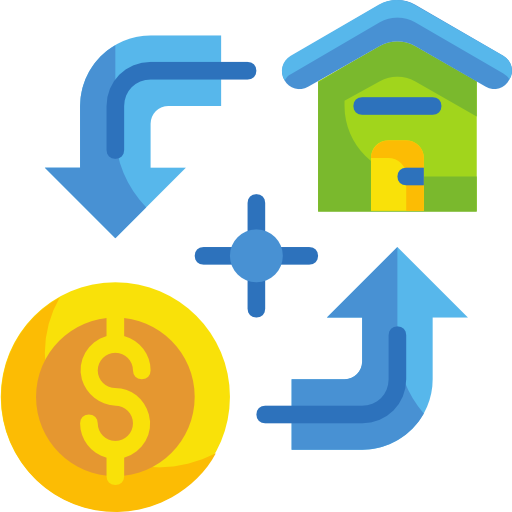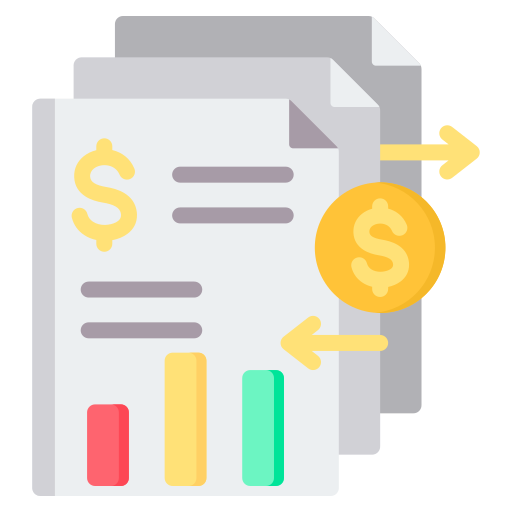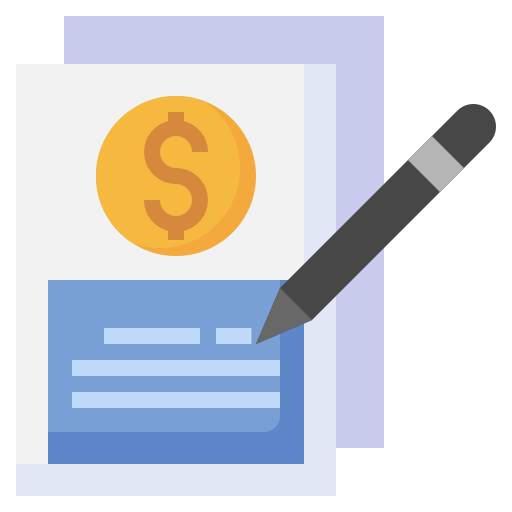Last Updated: December 2023
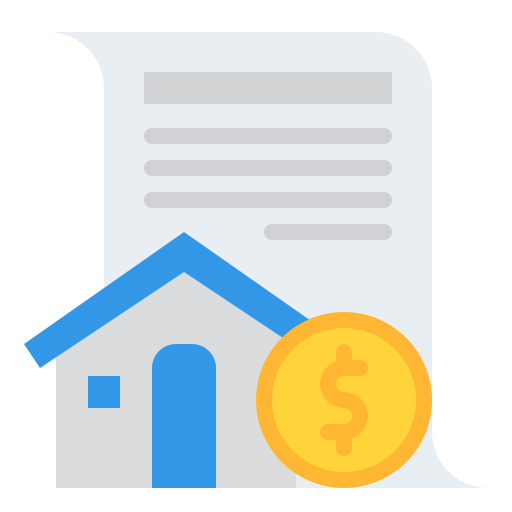
Purchasing an investment rental property requires a lot of capital. With property prices in the hundreds of thousands or even millions of dollars, it is very common for investors to use financing (i.e. a mortgage loan) to acquire assets. By utilizing a mortgage, investors are also able to capitalize on the benefit of “leverage” at a reasonable interest rate, to generate more money. Below we take a deep dive into investing everything you need to know about mortgages for rental properties.
What is a Rental Property Mortgage?
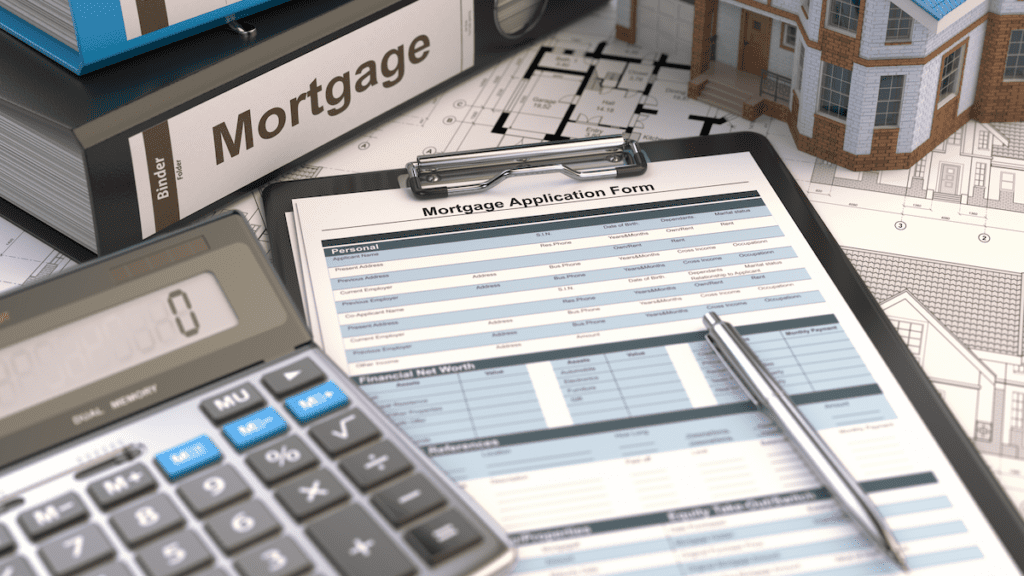

A mortgage is a type of loan that is secured by property or real estate. Investors lend the required capital for an investor to purchase the property, and in exchange receive the legal promise for the investor to pay back the original principal capital as well as interest within an agreed upon time frame. Mortgages are legally binding real estate agreements that provide the lender the right to have legal claim against the borrower’s property should they default on the terms of the note.
How Do Rental Property Mortgages Work?
Using mortgage loans for investment rental properties, allows investors to take advantage of the power of financial-leverage through rental real estate to generate significant profits when done correctly. A mortgage typically works by using the subject property (or other assets) as collateral for a loan. If the borrower defaults on the loan, the lender can foreclose on the property/collateral and recoup their losses. These loans can be used to finance the purchase of virtually any type of rental properties such as commercial and residential properties. Loan terms for rental property mortgages can range anywhere from 1 to 30 years depending on the property type. The interest rate on a rental property mortgage is typically higher than a traditional mortgage because the lender is taking on a higher level of risk. To offset that risk, larger down payments are usually required – 20% to 40% for a rental property.
15 Different Types of Rental Property Loans
Now that we understand how rental property mortgages work, we will take a closer look at the different types of common loan products available to investors. Below is our list of the 15 most common types of loans for rental properties.
Multifamily Real Estate Loans
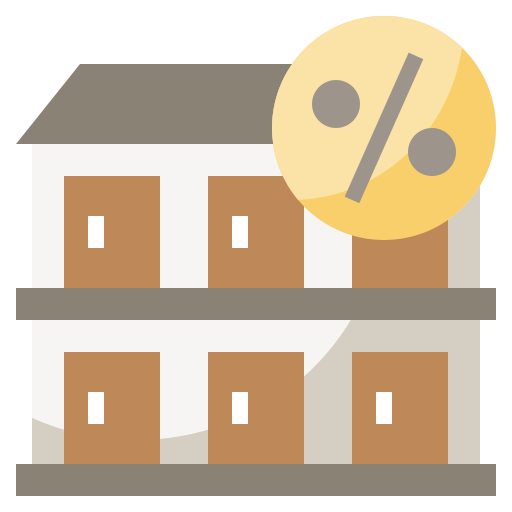

Multifamily real estate loans are designed for the purchase or refinancing of residential buildings that can range from 2 units, up to hundreds of units, such as apartment complexes or condominium buildings. These loans are a popular choice for real estate investors looking to generate consistent rental income through residential assets. Many types of lenders, including banks, private lenders, and government-backed entities, offer multifamily loans.
Commercial Real Estate Loans
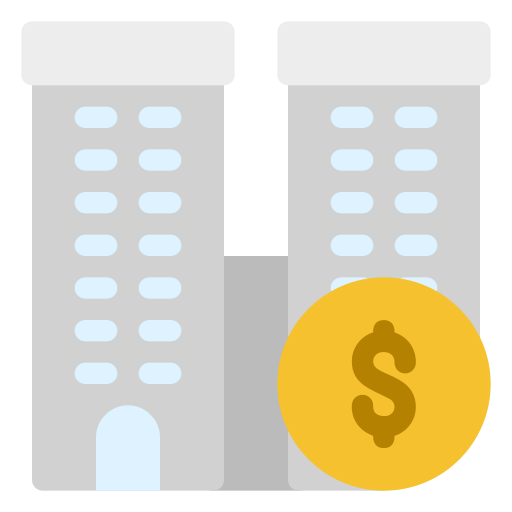

A CRE loan, an acronym for Commercial Real Estate, is a loan that’s used to finance the purchase of commercial real estate. The property can be anything from an office building to a retail storefront, and the loan proceeds can be used for anything from renovations to new construction. CRE loans usually have shorter-term loans, which means they are typically shorter repayment periods when compared to a traditional 30-year mortgage.
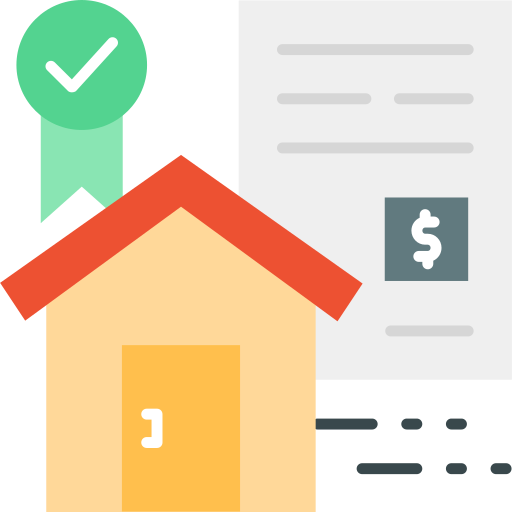

Conventional
Conventional loans for rental properties are the most common type of rental property loan. They are not insured or guaranteed by the government, and are available in a variety of terms, with the most common being 30-year and 15-year fixed-rate mortgages and also a variety of adjustable-rate mortgage (ARM) products available. Conventional mortgages often provide the best combination of low interest rates and longer loan terms.


FHA
FHA (Federal Housing Administration) loans are a popular choice for new rental real estate investors. FHA loans have lower credit score requirements and a significantly lower down payment requirement – currently just a 3.5%. FHA loans are primarily intended for owner occupied single-family homes, but can also be used for multi-family properties as long as the owner lives in one of the units.


VA
For veterans of the United States Armed Forces, using a VA loan for a rental property can be a great financing option. The VA loan is a government-backed loan program available to eligible veterans, active-duty service members, and reservists. VA loans are primarily intended to owner occupied single-family homes, but can also be used for multi-family properties as long as the owner lives in one of the units.
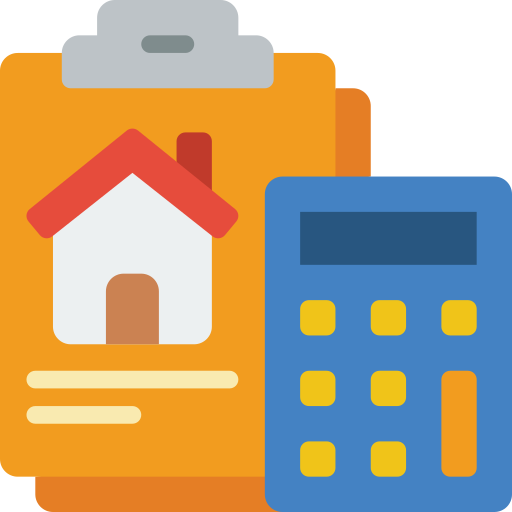

Seller Financing
Using seller financing to purchase a rental property can be a great way to obtain financing when otherwise unattainable. In a seller financing deal, the seller of a property agrees to essentially act as the bank, where the buyer makes payments to them directly. The seller holds the title to the property until the loan is paid back in full.


HELOC
HELOCs (Home Equity Line Of Credit) can be used in 2 different ways to fund rental property purchases. This can include using a HELOC to pull money out of your primary residence, or pulling money out of an existing investment rental property. Proceeds from a HELOC can be a great source of down payments for real estate investors to use existing idle equity for acquiring another property or even do upgrades to an existing property.


Adjustable-Rate-Mortgage (ARM)
ARM loans, an acronym for Adjustable Rate Mortgage, are a type of mortgage loan in which the interest rate is adjustable. This means that the monthly payments can go up or down over time, based on changes in the market interest rates. There are several different types of ARM loans used for investment properties, with the most common being 3/1, 5/1, 7/1, and 10/1.


Hard Money
Hard money loans are high-interest and short term loans that experienced investors use to purchase and/or rehab properties. These loans are a go-to option for experienced real estate investors who need quick access to capital, to quickly purchase or rehab an opportunistic property. Interest rates on hard money loans are generally higher than traditional loans, ranging from 10% to 15%.


Small Business Association (SBA)
Small Business Administration (SBA) loans can be a good financing option for businesses looking to acquire real estate for their operations. The two primary SBA loan programs that are commonly used for real estate purchases are the SBA 7(a) and 504 loans. These programs enable businesses to purchase commercial real estate, construct new buildings, or renovate existing properties, as long as certain owner occupancy requirements are met.
Permanent Loan
A permanent loan is a long-term loan used to finance the purchase of commercial real estate. Compared to other types of commercial loans, such as construction or bridge loans, a permanent loan is characterized by its low interest rate and long repayment term. Permanent loans are typically used to finance the purchase of stabilized income-producing properties, such as office buildings, retail centers, and apartment complexes. For borrowers, the key advantage of a permanent loan is that it allows them to lock in a low interest rate over the life of the loan. For lenders, the key advantage of a permanent loan is that it is a low-risk loan. The advantageous terms of a permanent loan usually require the borrower to have a track record of real estate experience as well as a stabilized property to qualify.
Blanket
A blanket loan is a type of financing used by real estate investors to purchase multiple properties simultaneously, using one loan. The term “blanket” describes the fact that the loan is secured by more than one piece of collateral. This type of loan allows the investor to consolidate the mortgages of multiple properties into one loan, simplifying their financing structure and making repayment more manageable. Lenders secure the loan with a lien against all the properties, meaning they can seize all properties if the borrower defaults on the loan. Despite the risk, blanket loans offer benefits like potential cost savings from consolidated closing costs and the ability to release properties from the lien individually as they’re sold.
Mezzanine
A mezzanine loan is a type of commercial real estate financing often used in conjunction with a first mortgage loan. They bridge the gap between the senior debt and the equity contribution of the borrower, essentially serving as a layer of financing between primary loans and equity. Mezzanine loans often have high interest rates due to their subordinated position and associated risk, but they can provide an important source of flexible funding. Borrowers use mezzanine loans when primary financing is not enough to complete a project or transaction, offering potential for greater returns on equity.
Pros and Cons of a Rental Property Loan
Mortgages can be a great way to use the power of financial leverage to your benefit. This financial scheme however also comes with risks. Since there are several different ways to finance a rental property with a mortgage loan, we take a look at each type with its own set of pros and cons:
Pros
- Potential for passive income: A rental property can generate a steady stream of income, which can help cover the mortgage payments and potentially provide additional income. This can be an effective way to build wealth over time, as property values tend to appreciate.
- Tax benefits: Rental property owners can often benefit from tax deductions, such as mortgage interest, property taxes, insurance, and depreciation. These deductions can help reduce the overall tax burden, making the investment more financially attractive.
- Leverage and appreciation: By taking out a mortgage, you are using leverage to buy a more valuable property than you could afford outright. As the property appreciates in value, your equity increases, potentially providing significant returns on your initial investment.
Cons
- Financial risks: Rental properties come with risks, such as vacancies, unexpected maintenance costs, or a drop in property values. These risks can make it difficult to meet your mortgage obligations, potentially leading to financial stress or even foreclosure.
- Increased liability: As a landlord, you are responsible for maintaining the property and ensuring the safety of your tenants. This may expose you to potential lawsuits and other liabilities, which can be costly and time-consuming.
- Reduced liquidity: When you invest in a rental property, your money is tied up in an illiquid asset. If you need access to cash quickly, selling a property can be a lengthy and potentially costly process. This reduced liquidity can make it difficult to respond to financial emergencies or take advantage of other investment opportunities.
The #1 Rental Property Newsletter
Once a month, we send out an exclusive Rental Property Market Update with top stories, current mortgage rates, building products, and more. No spam and unsubscribe anytime.


Rental Property Loan FAQ
What Type of Loan is Best for a Rental Property?
Choosing the best type of loan for a rental property depends on the specific nature of the property, its intended use, and the investor’s financial situation. Traditional mortgages can be ideal for Single Family Rentals (SFR) and smaller multifamily properties. Larger multifamily properties, commercial entities, and specialized facilities often require commercial loans or specialized financing options. Bridge loans, hard money loans, or government-backed loans might also be suitable based on the project’s urgency, size, or niche. Always consider interest rates, loan terms, and lender flexibility when making a decision.
| Property Type | Loan Types |
|---|---|
| Single Family Rentals (SFR) | Traditional mortgages, VA loans (for veterans), FHA loans, hard money loans, investment property loans |
| Multifamily (1-4 Units) | Traditional mortgages, FHA loans, bridge loans, hard money loans, investment property loans |
| Multifamily (5+ Units) | Commercial real estate loans, multifamily financing, bridge loans, hard money loans |
| Vacation Rentals | Investment property loans, portfolio loans, hard money loans |
| Hospitality Properties | Commercial real estate loans, SBA loans (for small businesses), bridge loans |
| Land | Land loans, hard money loans, construction loans, commercial loans |
| Parking Lots | Commercial real estate loans, hard money loans |
| Self Storage | Commercial real estate loans, SBA loans, hard money loans |
| Senior Living Facilities | Commercial real estate loans, HUD/FHA loans (specifically for healthcare-related real estate) |
| Student Housing | Commercial real estate loans, bridge loans, hard money loans |
| Other Types | Depending on the nature of the property: commercial loans, hard money loans, investment property loans, etc. |
Search Rental Real Estate
Try searching out site for hundreds of rental property topics ranging from property management, investor tool reviews, investment research, and more.
Rental Property Loans vs Primary Residence Home Loans
Although rental property loans and primary residence loans are both real estate backed mortgages, there are several differences between them, with the most obvious being the intention of the loan: primary residence vs business generating rental income. Below are some additional differences between the two types of loans:
| Rental Property Loans | Primary Residence Home Loans | |
|---|---|---|
| Loan Purpose | Financing properties for rental income | Financing the borrower’s primary residence |
| Loan Terms | Typically shorter terms (e.g., 15-30 years) | Typically longer terms (e.g., 30 years) |
| Interest Rates | Slightly higher interest rates | Typically lower interest rates |
| Down Payment | Higher down payment requirements | Lower down payment requirements |
| Loan-to-Value Ratio | Lower loan-to-value ratio (e.g., 75-80%) | Higher loan-to-value ratio (e.g., 80-97%) |
| Rental Income | Considered as part of the qualification | Generally not considered |
| Tax Implications | Many tax advantages | Limited tax benefits |
| Documentation | May require additional income verification | Standard income verification |
| Occupancy Requirement | No occupancy requirement (depending on loan type) | Must occupy as primary residence |
| Financing Restrictions | May have restrictions on number of properties | No restrictions on number of properties |
What is the Difference Between Debt and Equity?
In the wide world of real estate finance, financing a rental property can be broken down into two components: Debt and Equity. So, what’s the difference between the two? Debt investments, also known as mortgages, are loans that are used to finance the purchase of a property. The investor agrees to make payments on the loan over a set period of time, and once the loan is paid off, they own the property outright.
Debt
With debt investing, you’re lending money to a borrower (usually a real estate developer) and receiving interest payments on that loan. The loan is secured by the property itself, so if the borrower defaults, you could pursue ownership of the property. Debt investing is generally a more predictable and less risky investment than equity investing, but the returns are typically lower as well.
Equity
With equity real estate investing, you’re essentially buying a piece of property and becoming a partial owner. You’ll share in the profits (or losses) generated by the property, but you’ll also have a say in how it’s managed. Equity investing can be a great way to build wealth over time, but it’s important to remember that it’s also a more volatile investment than debt investing.
About the Author


Ryan Nelson
I’m an investor, real estate developer, and property manager with hands-on experience in all types of real estate from single family homes up to hundreds of thousands of square feet of commercial real estate. RentalRealEstate is my mission to create the ultimate real estate investor platform for expert resources, reviews and tools. Learn more about my story.
More Real Estate Finance Guides
Disclaimer: The information provided on this website does not, and is not intended to, constitute financial advice. As such, all information, content, and materials available on this site are for general informational purposes only. Please review our Editorial Standards for more info.

